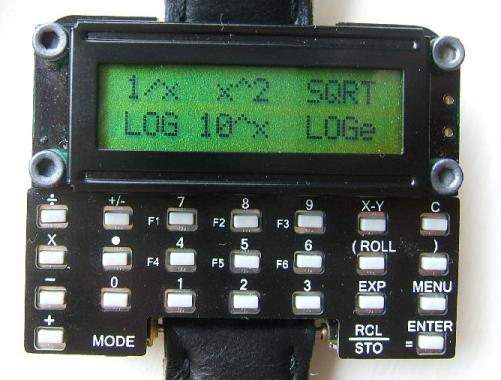
RFID seems to have invaded every part of our lives. Sure, the technology has been primarily used in government and industry, but that doesn’t mean that it doesn’t have consumer applications. Recently, we posted about [max’s] RFID dorm room lock, that he built to provide a safe, convenient way to access his room. A while back, we talked about an RFID spatially aware address book that used a combination of rfid tags and post-it notes to control the NFC enabled Nokia 3220 cell phone. Both of these projects highlight unique applications where RFID is used. We bash on RFID from time to time, mostly due to its security (or lack there of). That said, there is an interesting consumer solution out there for people who want to voluntarily use RFID called Touchatag (formerly known as Tikitag). The cool thing about Touchatag is that it uses a combination of RFID and QR (2-D barcode) tags to trigger applications on the Touchatag website. The starter kit, which includes 10 tags and a USB RFID reader, goes for about $40; a decent price considering the hacking potential for the RFID reader. In addition to using the reader, you can also use any NFC enabled phone to read the tags. While NFC enabled phones are currently few and far between, the technology will likely be implemented in many of the new phones released in the coming year.
We’re curious, what do you think is next for consumer RFID? What kind of innovative project ideas do you have?

















